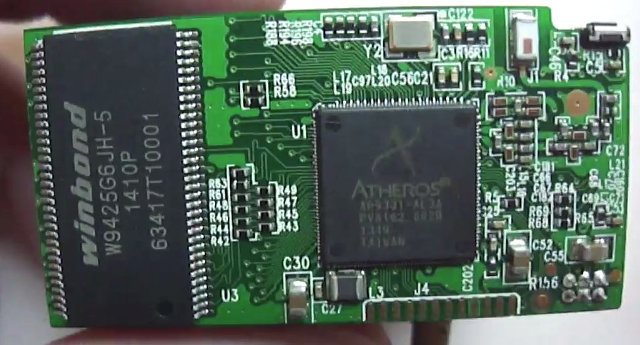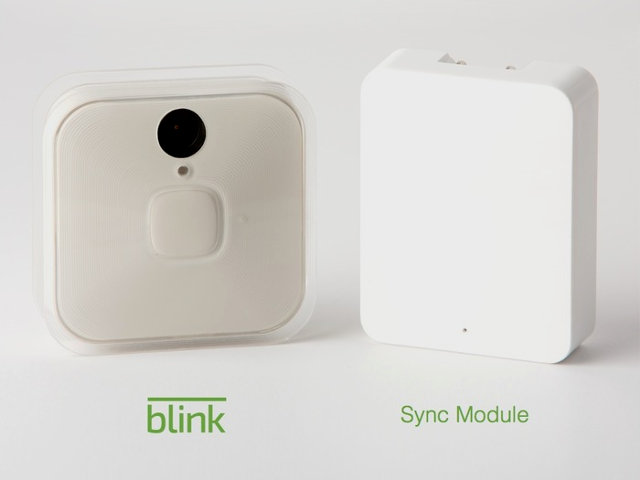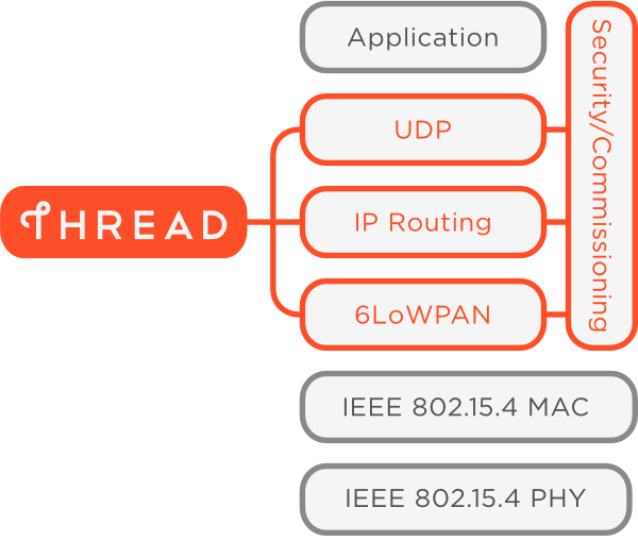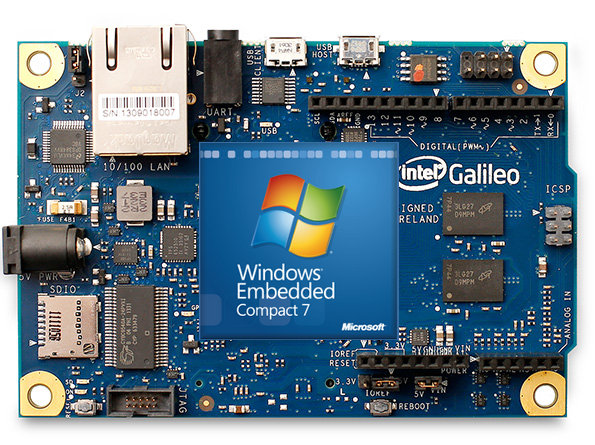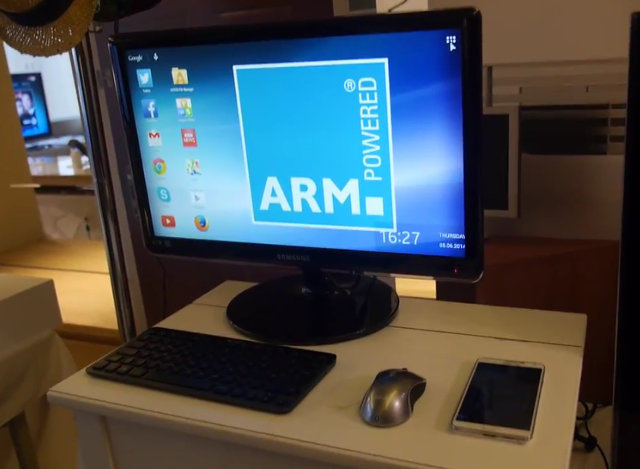littleBits Electronics is a company selling tiny modules that snap together with tiny magnets for prototyping called… littleBits. They do not require soldering, wiring, or programming, can be buttons, sensors, motors, etc…, and are the electronics equivalent of LEGO, and are suitable to 8 years old and older kids. The company have recently launched a new product called CloudBit, a module based on Freescale i.MX233 with Wi-Fi connectivity meant to be used/snapped with existing littleBits. CloudBit hardware specifications: Processor – Freescale i.MX233 ARM926EJ-S processor @ 454MHz System Memory – 64MB of RAM; Storage – microSD slot with included 4GB micro SD card pre-loaded with a customized Arch Linux ARM distribution Connectivity – 802.11b/g Wi-Fi via included USB dongle USB – micro USB port (for power only) Connectors – 2x BitSnap connectors for LittleBits connectivity using i.MX233 ADC/DAC signals Debugging – Pads for UART (3.3V, 8-N-1, 115,200 baud) to access the […]
Kankun KK-SP3 Wi-Fi Smart Socket Hacked, Based on Atheros AR9331, Running OpenWRT
Kankun KK-SP3 is a $20 Wi-Fi smart socket that can be controlled via iOS and Android app. But one person created a Kankun community on Google+ to try to hack the device and control it from a PC, or from outside the home network for example. Up to now, the device has been opened, found to run OpenWRT, and one the member wrote a Windows app to control the socket from a PC. It is a basic smart socket, without power monitoring capabilities, and unless you start hacking the hardware, all you can do is basically turn it on and off. The device is based on Qualcomm Atheros AR9931, found in many low cost routers supporting OpenWRT, and the socket indeed runs OpenWRT, which you can access via SSH or Telnet (username/password: root/admin). There’s 32MB RAM (Winbond W9425G6JH), and a 10A OMRON relay. The smart socket actually communicates with the […]
Immedia Blink Battery Powered HD Security Camera Lasts Over One Year on Batteries (Crowdfunding)
There are plenty of security systems with IP cameras selling on the market, but they can be a pain to install because you need to use long power cables or use power extensions. There are battery-free such as NETGEAR VueZone Home Video Monitoring System that cost $259 with 6-month battery life for normal usage, and $50 yearly subscription fee. Immedia Semi is providing an alternative with Blink, a wire-free (wireless + battery) HD Home Monitoring & Alert System that starts at $69 with one camera, and is said to last over one year powered by two CR123 batteries, without monthly fees, and can stream live views and video recordings to your Android or iOS smartphone or tablet, or any web browser. The one-year battery claim seems preposterous. How is that possible? The first reason it’s possible is because of the way typical usage is defined for home security cameras. They […]
ARM TechCon 2014 Schedule – 64-Bit, IoT, Optimization & Debugging, Security and More
ARM Technology Conference (TechCon) 2014 will take place on October 1 – 3, 2014, in Santa Clara, and as every year, there will be a conference with various sessions for suitable engineers and managers, as well as an exposition where companies showcase their latest ARM based products and solutions. The detailed schedule for the conference has just been made available. Last year, there were 90 sessions organized into 15 tracks, but this year, despite received 300 applications, the organizers decided to scale it down a bit, and there will be 75 session in the following 11 tracks: Chip Implementation Debugging Graphics Heterogeneous Compute New Frontiers Power Efficiency Safety and Security Software Development and Optimization Software Optimization for Infrastructure and Cloud System Design Verification There are also some paid workshops that take all day with topics such as “Android (NDK) and ARM overview”, “ARM and the Internet of Things”, or “ARM […]
Thread is a New IP-based Wireless Protocol Leveraging 6LoWPAN and 802.15.4 Standards
Wi-Fi is a neat way to connect devices to Internet, but it has two main inconveniences: relatively high cost and power consumption. Luckily there are standards that addresses the cost and power consumption issues. Radio chips based on IEEE 802.15.4, a standard which specifies the physical layer and media access control for low-rate wireless personal area networks, are common place and found in many existing devices relying on higher level wireless protocols such as ZigBee, ISA100.11a, WirelessHART, and MiWi. AFAIK, Zigbee is the most popular of the aforementioned protocols, but is hindered by the requirements of the license for commercial products (annual fee), Zigbee membership requirements conflict with many open source license such as GPL, and the standard suffers from lack of interoperability and IPv6 support, and power requirements that are too high for some applications. So a consortium of seven companies namely ARM, Big Ass Fans, Freescale, Nest, Samsung, […]
Intel Announces Galileo Gen 2 Development Board Based on Quark SoC
As many of us are waiting for our Intel Galileo board promised by Microsoft, and right after the Raspberry Pi foundation announced the Raspberry Pi Model B+, Intel has introduced a new version of the Galileo board which they simply call Galileo Gen 2. The development board is still powered by Intel Quark single core SoC (Pentium class) and with the same key features as the original Galileo Board, but with some tweaks based on the feedback from the community. Intel Galileo Gen 2 specifications (Changes in Bold): SoC- Intel Quark SoC X1000 single core, single-thread application processor @ 400 MHz, with 12KB embedded SRAM System Memory – 256MB DDR3, 5 Storage – 8MB NOR fklash, 8KB EEPROM, and micro SD card slot (up to 32GB) Connectivity – 10/100M Ethernet USB – 1x USB 2.0 host port, 1x micro USB 2.0 device port used for programming Debugging / Programming 10-pin […]
Microsoft is Giving Away Intel Galileo Arduino Compatible Boards to Developers
Microsoft has already launched several initiatives to reach the maker movement and app developers with .NET Gadgeteer supported by platform like Bambino 200, as well as Intel Shark Cove development board for Windows development. The company has now launched a website called windowsondevices.com where they currently have a signup page for developers to send a kit based on Intel Galileo, an Arduino compatible board powered by Intel Quark processor. There’s currently very little information on the software and documentation part of the development kit, but there are links to Visual Studio Express, Windows Embedded’s Internet of Things page, and a link to Maker Faire, so it gives what the kit will be for. Apparently they’ll send the kit to selected candidate whether “you are an experienced Windows developer looking to jump into the Internet of Things or you are new to Windows development and want to build the next big […]
Peek into the Smart Home of the Future with ARM Seamless Computing IoT Demo
We’ve seen lots of home automation being launched on crowdfunding platforms in the last year or so, and companies like Samsung, Archos, Google and Apple have launched, announced, or bought smart hone solutions. Recently ARM has hosted a demo for the smart home based on Cortex-M MCU mbed development boards, a single board computer gateway, and sensinode connected home software framework. Although some parts of the demo are unlikely to really have uses, e.g. you can look at the window to check the weather, I found the demo to be very interesting, especially with regards to the central role of the smartphone, and computing convergence. The list of different demos that can be seen in the video below is as follows: As you walk close to the main door, the system checks the weather, and if it rains, blinks a LED and emits a sound close to your umbrella, and […]



